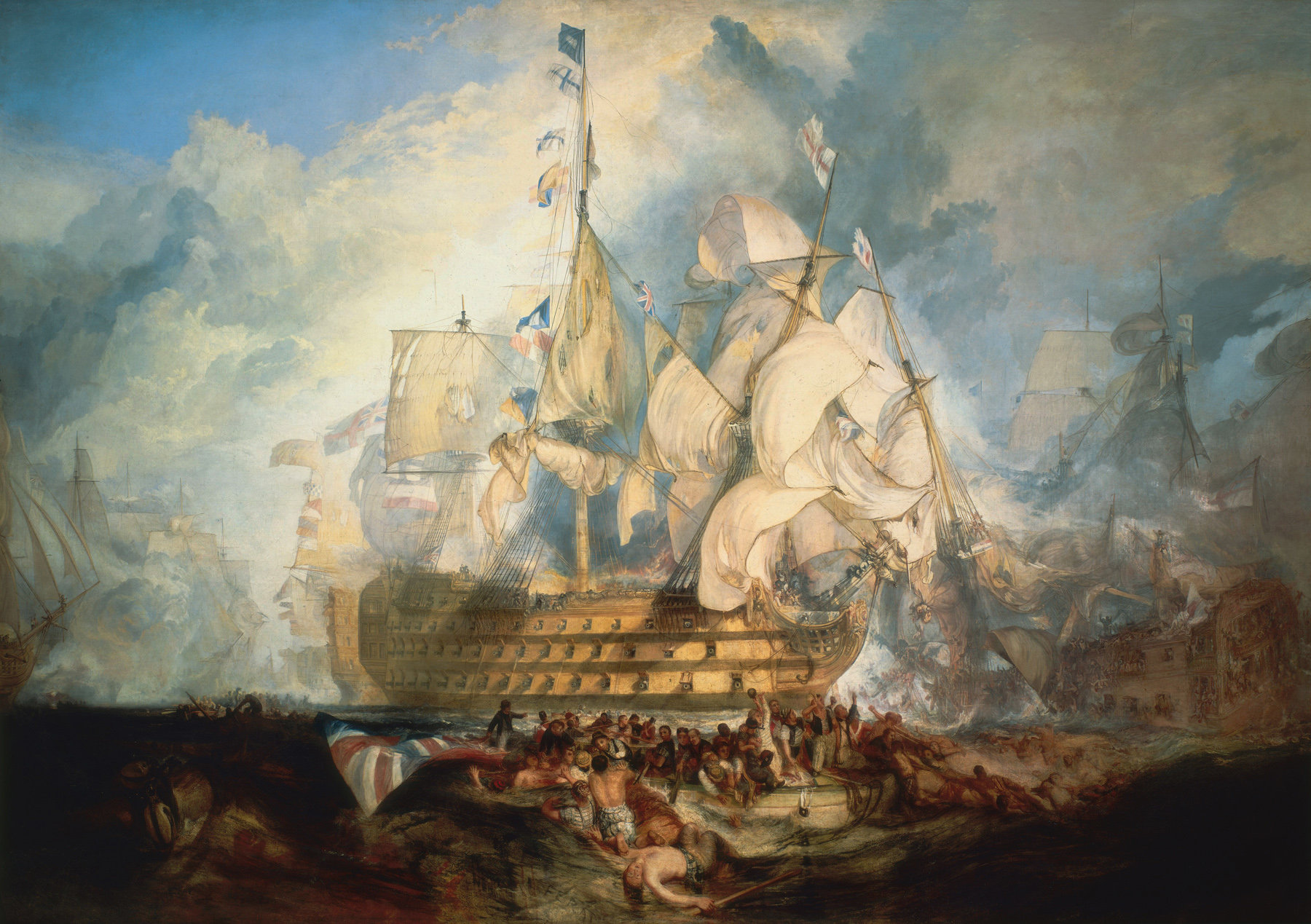Just to start this entry I would like to express that I appreciate very much the new results of the research, as every new input is always welcome. Of course, this "Hello-Kitty-meets-Happy-Pony"-version is quite outrageous for plenty model makers - but why? Simply because many of us are quite stubborn and fat headed and do not like changes, especially on iconic things like this? And of course that includes me too ;-)
Those were the correct colors in about 2003, samples I was given during the modelers tour on the ship ...

... the green being for some of the ship´s boats :-)
The thing changing most is the ochre. So have a closer look at the picture pubished in the press.

But it is not that outrageous if looked closer. Jan Marten in our german forum posted the picture showing 50 shades of ochre ;-)

If you take the medium reddish tone and mix in more white than it was used before, you will get the "new" color, as suggested by the latest research.
I think the red one on the "summit" would create an even more exalted reddish tone.
But now some very personal thoughts about the latest research and why I am not rushing into repainting my models.
First of all: We are talking about a time of Pre-RAL, Pre-Pantone and Pre-other-Color-Charts.
My personal belief is, that the ships usually looked much more like patchwork color wise.
Just some reasons for my thoughts:
The ochre paint came as a barrel, how much did the paint match the other barrels of the delivery, not speaking of other charges from different provenances? If you look at the picture of the ochre, you really have 50 shades in there if not even more! What shade was meant to be painted, if yellow or red ochre was meant to be used?
Second the paint was mixed by hand by adding white - how much was in the eye of the master painter. Did he have the experience to match the existing paint, as wet paint looks different than the dry one? Also what were the differences if some pigments were stuck on the bottom of the barrel?
It is great that the research used old paint samples to determine the original color, but where was it taken from? What is known, when it was exactly painted? As most of the outer hull was exchanged already multiple times, where was exact spot of the sample, was it outboards or inboards, was it the original 1803 main paint - with all its variations, when possibly every barrel was mixed by hand - or was it some 1804 repairs or late 1805 post Trafalgar patches? How close was the research to determine the exact timing?
Also how much were the studies taking care the possible changing of the color by time, saltwater, sun, chemistry and interaction with newer paints?
On the Vic in P. there is a interesting exhibit in the middle deck: it is said to be part ot the original foremast. If the color would be also original, it shows itself today as a nice Nato-drab ;-)
Someone told me, even if it is the original paint, this is not the original appearence, as the lead in the white could have interacted with the other ingrediences, thus giving this "horrid" shade.

Also if one looks at the contemporary paintings the english ships show commonly a more warm yellow ochre, while the french and spanish show all different shades from yellow ochre to pink and even red. But of course, this could be only an artists convention to pinpoint the english ships. However also Turner used the more yellowish tone, and I know his deficiencies in perspective and technical details, but he was master in the use of colors and he saw the ship in real life after returning from Trafalgar.

Too there are the carpenter expenses to have a closer look at. Goodwin had an interesting article in the Mariner`s Mirror about it, just to round up the discussion (thanks to Achilles for pointing it out in our german forum):
http://seaphoenix.com/index.php/publicat...-victory-yellow
So I will leave you with this mess of my thoughts, to me it still is worth some nice discussions and that is the really interesting bit, as I like the idea to stir up the model makers minds and keep them flexible :-)
And if I say patchwork for the paint job, I really mean it, not as neat as usually shown, just another hint - would ever somebody have dared to build the real existing planking scheme of the Vasa on his model without having seen the original ? ;-)
As a resumee:
I am skeptical in how far this examined color samples are applicable for the whole of the hull including trucks. Where wer ethe samples found and what led to the assumption that the whole ship looked like this?
Apart from the newspaper and TV-communicées I did not yet get hold on any more detailed report about this findings. Does anybbody knows more about it? Any input very welcome.
So do not be upset about the new color, do see it as an opportunity to discuss this issue even further, who knows what even later "latest research" will show!
So please find your own answers or tastes :-)
Cheers, DAniel